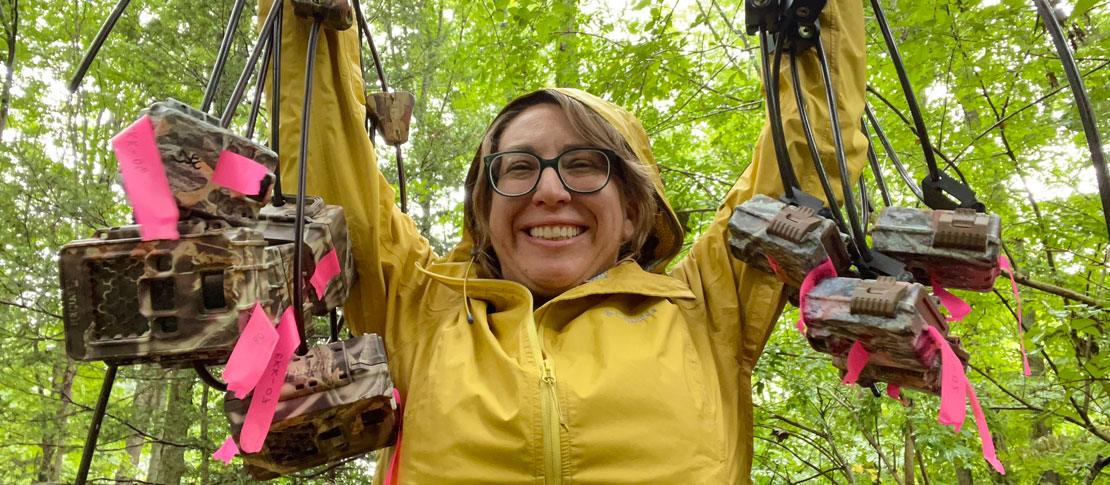Snapshot USA and Europe collaborate with hundreds of partners using Wildlife Insights
Founded in 2019 as the first nationwide mammal survey, the Snapshot project aims to capture the diversity of mammals across large areas to help inform conservation efforts. Now in the third year, the Snapshot concept has expanded beyond the U.S. to the European continent.
One of Snapshot’s goals is to create a sustainable collaboration model to conduct annual large scale surveys of terrestrial wildlife populations. Collaborators are scientists with their own camera traps, following a common protocol and contributing their data to the same platform. Every year, the data and findings collected as part of the Snapshot project are published with all partners as co-authors in the paper. These findings are setting the stage to answer questions about how wildlife are doing across the country.
A need to scale
Working with hundreds of collaborators to collect, identify and review images coming from sites across the country is a massive undertaking.
Snapshot’s creators, Roland Kays, Bill McShea and Mike Cove, already knew the value of collaboration platforms like eMammal. As the Snapshot project grew beyond the U.S. to Europe, their sights turned to Wildlife Insights as a solution that could tackle the challenges that come with scaling up.
“This kind of large-scale collaboration would be impossible without tools like Wildlife Insights.”
Solution
Now, hundreds of Snapshot collaborators are using Wildlife Insights to upload images to the Snapshot project. Wildlife Insights is helping to:
- Centralize all project activity in one space. Since all data are stored in the cloud, collaborators can access the project anytime and anywhere.
- Monitor progress. Project summaries are updated on-demand to give leads a quick overview of the top species detected and how many images have been collected.
- Run data quality checks. Filters make it easy to spot check for certain species or specific sites.
- Standardize information. All data input, like location and deployment details, follow the Wildlife Insights data standard, making it easy to share data between projects and organizations.
There’s even more to look forward to on the horizon, “I'm really looking forward to the analytics. I think our collaborators will be very excited about it,” says Roland Kays, one of the co-founders of the Snapshot projects. “This kind of large-scale collaboration would be impossible without tools like Wildlife Insights.”
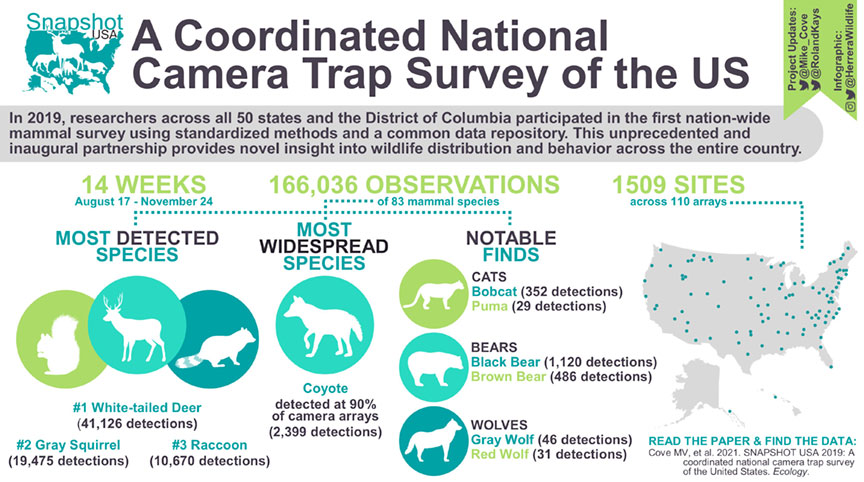
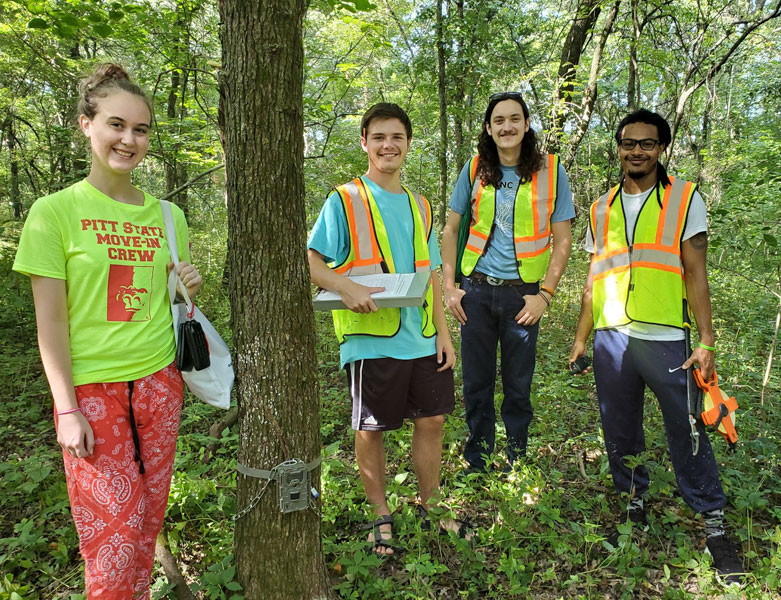
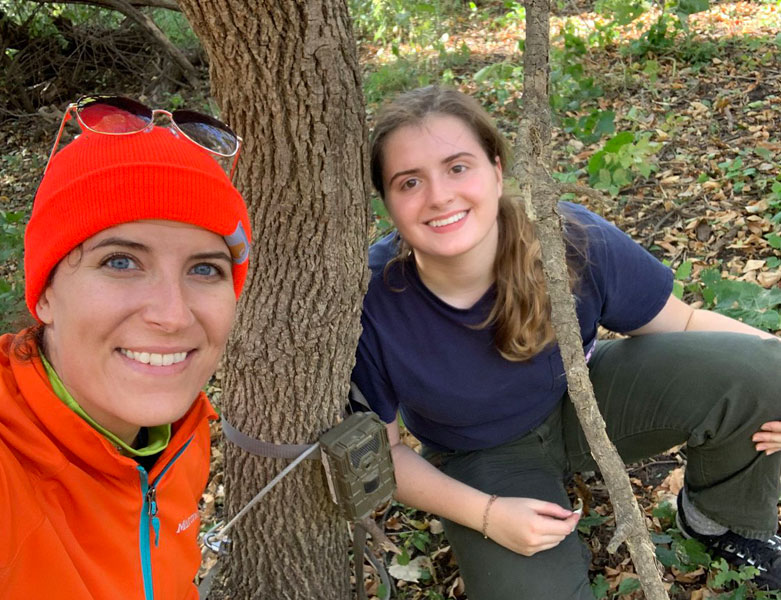
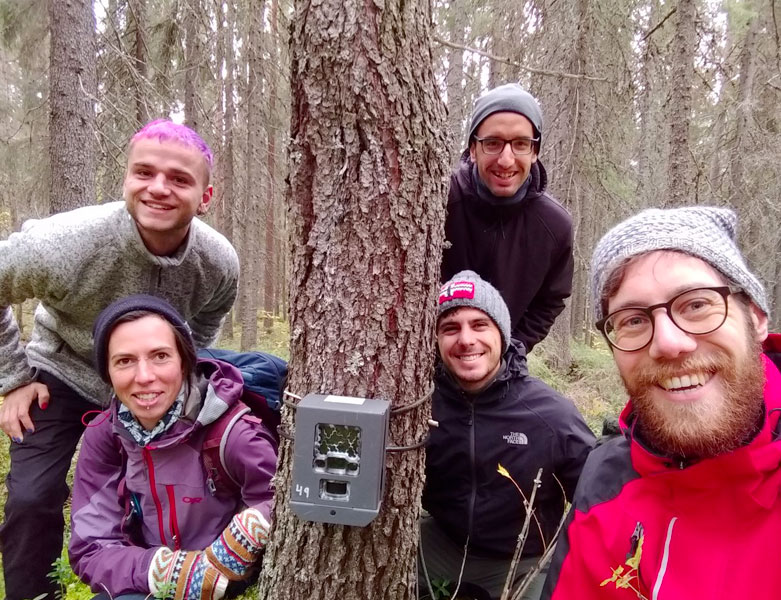
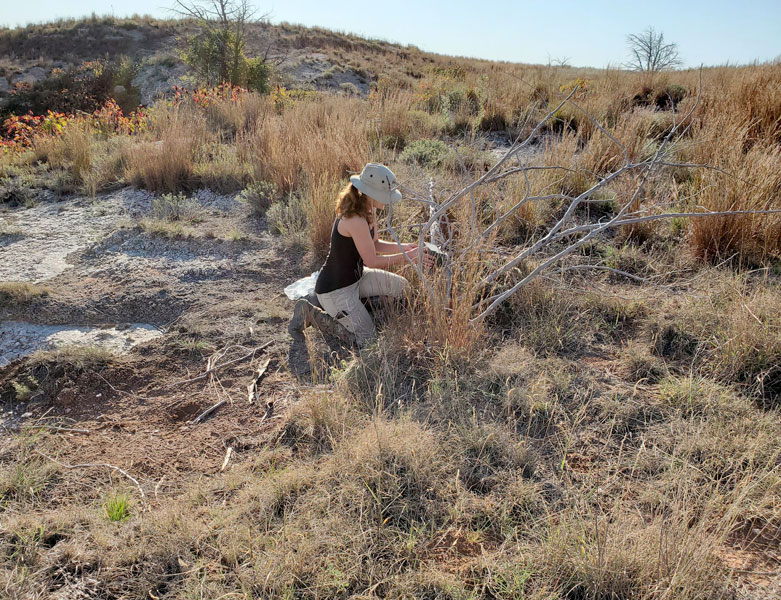
Share your story with the Wildlife Insights community!

